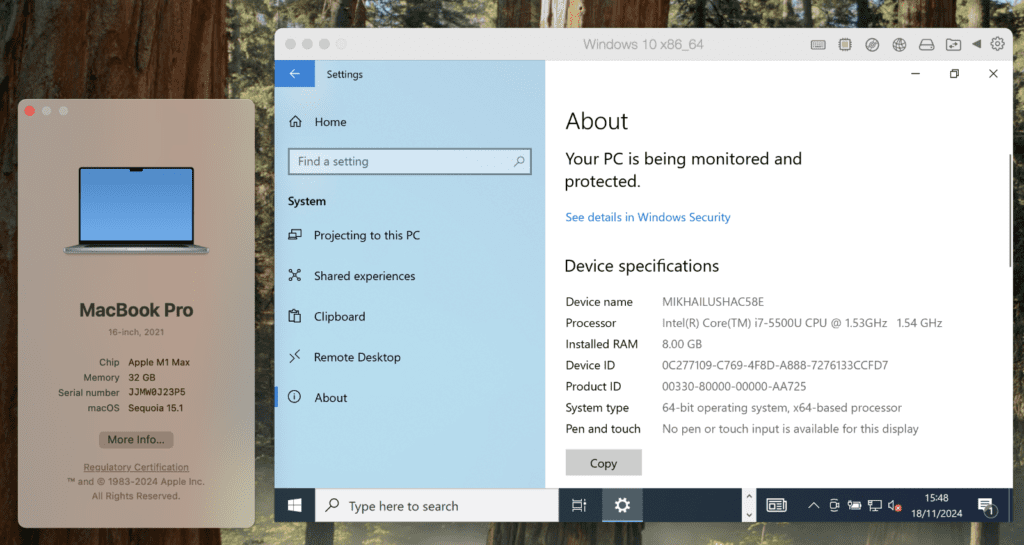- Parallels Desktop 20.2 introduces x86 emulation on Apple Silicon
- It’s still an early technological advance, but it could have huge ramifications.
- Capable of running on Linux and Windows 10, it could help Apple make further inroads into enterprise markets.
In 2020, Apple switched from Intel to its ARM-based Silicon, and running x86-based software on its hardware has been a challenge ever since.
To help with this, Parallels, the virtual machine (VM) software for Mac users, has released its latest version, Parallels Desktop 20.2, in public preview, finally bringing x86 emulation to Apple Silicon.
The release means developers can run, develop and test 32-bit Windows applications in a native environment; especially useful for those working with legacy software and haven’t seen ports to ARM-based systems yet.
A game changer?
However, by the company’s own admission, the new version is largely a preview; Boot times for Windows virtual machines range from two to seven minutes, depending on hardware.
Even after booting, system responsiveness is delayed and creating a new virtual machine can take considerable time, up to 30 minutes for Windows and two hours for Linux.
Another major drawback is the lack of support for USB devices. This can be a problem for users who rely on external devices in their workflows, such as printers or scanners.
All virtual machines must run through Apple’s hypervisor and cannot use Parallels’ own, which rules out nested virtualization.
Additionally, there is currently no sound on Intel-based virtual machines and some Windows updates do not work correctly. The emulator also only supports 64-bit virtual machines, although 32-bit applications are still compatible with them.
The current limitations make it clear that this feature is not yet ready for widespread use, but the potential is there, and I support Parallels in fixing these issues so it can once again become a powerful tool for business users and developers. using Mac in the Apple Silicon era.




